Home>Articles>What Is The Cross Bracing On A Step Ladder Used For?
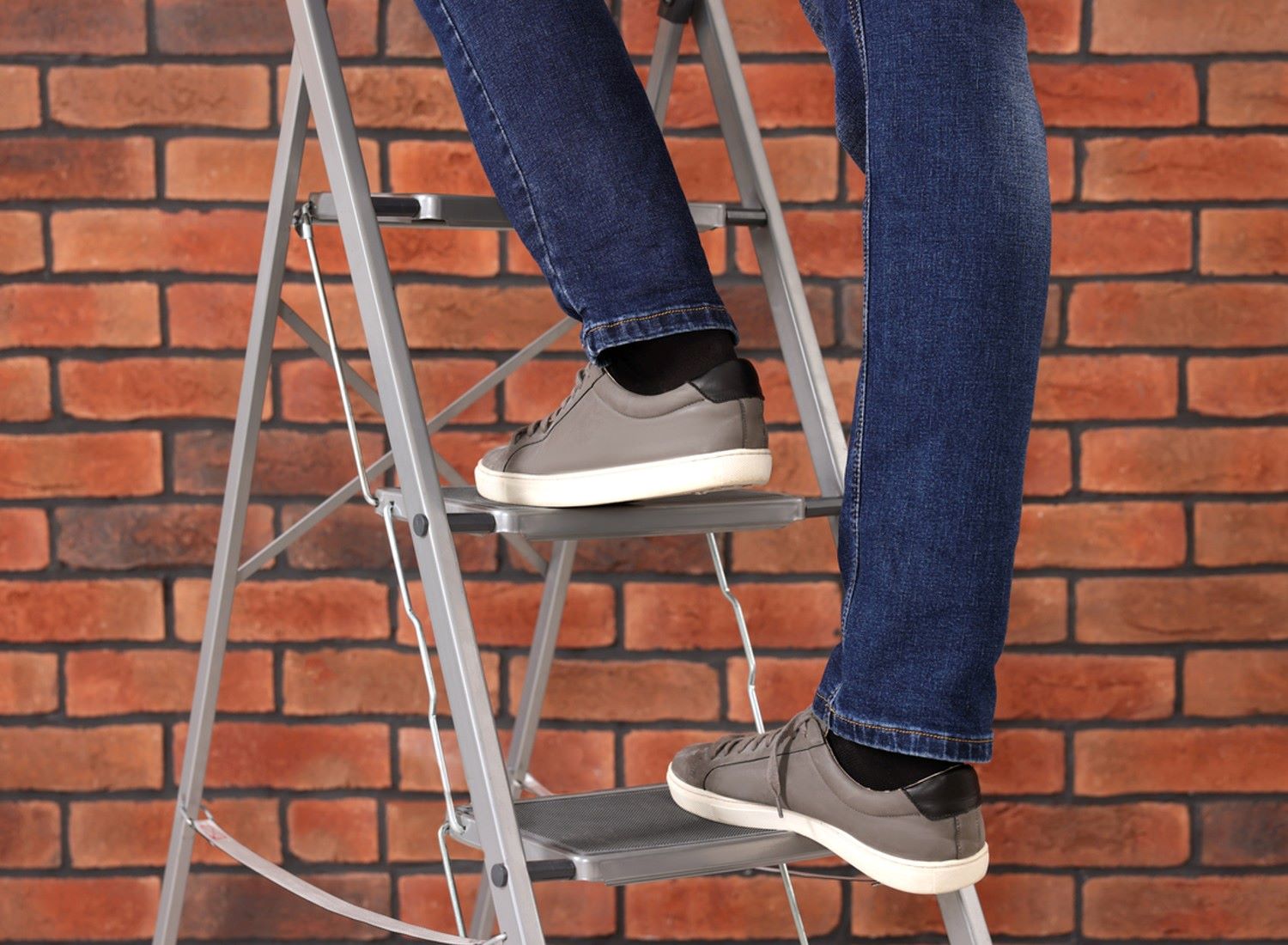

Articles
What Is The Cross Bracing On A Step Ladder Used For?
Modified: January 8, 2024
Discover when you can utilize the cross bracing on the rear of a step ladder for climbing in this informative article.
(Many of the links in this article redirect to a specific reviewed product. Your purchase of these products through affiliate links helps to generate commission for Storables.com, at no extra cost. Learn more)
Introduction
A step ladder is a versatile tool that helps us reach high places safely and efficiently. Whether it’s changing a light bulb, reaching a shelf, or performing maintenance tasks, having a reliable step ladder can make our lives easier. One important feature commonly found on step ladders is the cross bracing located at the rear. But what exactly is the purpose of this cross bracing, and when can you use it for climbing?
In this article, we will explore the role of the rear cross bracing on step ladders and provide guidelines for its safe usage. We will also discuss situations where using the rear cross bracing for climbing may not be appropriate and explore alternative methods for reaching higher places. So, let’s dive in and discover all you need to know about using the cross bracing on the rear of a step ladder for climbing.
Key Takeaways:
- The rear cross bracing on a step ladder provides crucial stability and support, enhancing safety during climbing. Understanding its purpose and following safety guidelines ensures a secure climbing experience.
- While the rear cross bracing is beneficial, it’s important to assess when it’s not suitable for climbing. Exploring alternative methods like extension ladders, scaffoldings, and aerial lifts can provide safer and more effective solutions for reaching higher places.
Read more: What Are Step Ladders Used For
Purpose of Cross Bracing on Step Ladders
The cross bracing on step ladders serves a crucial purpose in providing stability and structural support to the ladder. It consists of diagonally placed bars that connect the front and rear legs of the ladder, creating a triangle shape. This triangular structure helps distribute the load more evenly and prevents the ladder from wobbling or collapsing during use.
The cross bracing enhances the overall strength and rigidity of the ladder, ensuring that it can withstand the weight of the user and any additional load or equipment that may be carried while working at height. By reinforcing the ladder’s structure, the cross bracing minimizes the risk of accidents and ensures a safe and secure climbing experience.
In addition to improving stability, the cross bracing also helps in preventing the legs of the ladder from spreading apart. This is particularly important for step ladders with spreader bars that lock the ladder in an open position. The cross bracing keeps the legs in a fixed position, preventing any accidental collapsing or shifting of the ladder while climbing.
Overall, the purpose of the cross bracing on step ladders is to provide structural integrity, enhance stability, and prevent any potential hazards during use. It acts as an essential safety feature that should not be overlooked when using a step ladder.
Understanding the Rear Cross Bracing
The rear cross bracing on a step ladder is a specific type of cross bracing that is located at the back of the ladder. It consists of diagonal bars that connect the rear legs of the ladder with each other, forming a triangular shape. This configuration reinforces the ladder’s structure and provides additional support and stability.
The rear cross bracing is typically made of durable materials like steel or aluminum to withstand the weight and pressure exerted on the ladder during use. It is designed to distribute the load evenly across the ladder, minimizing the risk of tipping or collapsing.
When properly used, the rear cross bracing can significantly improve the ladder’s stability, especially when working at higher heights. It helps to keep the ladder steady, reducing the chances of any wobbling or swaying while climbing or working. This is particularly important when performing tasks that require both hands and involve movements that might cause the ladder to shift.
It’s important to note that not all step ladders have rear cross bracing. Some smaller and more lightweight models may not have this feature, as they are designed for lighter duties. Therefore, it’s essential to check your ladder’s specifications and manufacturer’s instructions to determine if your ladder is equipped with rear cross bracing.
Furthermore, each ladder manufacturer may have different designs and configurations for their rear cross bracing. Some may incorporate additional features such as rivets or reinforcement plates to further enhance the ladder’s stability. Always make sure to familiarize yourself with the ladder’s specific rear cross bracing design and any guidelines provided by the manufacturer for its safe usage.
Understanding the purpose and configuration of the rear cross bracing on a step ladder is crucial in order to utilize it effectively and ensure a safe climbing experience. By using the rear cross bracing properly, you can maximize the stability and minimize the risk of accidents while working at height.
Safety Guidelines for Using Rear Cross Bracing for Climbing
While the rear cross bracing on a step ladder can enhance stability and provide additional support, it’s important to follow certain safety guidelines to ensure safe and proper usage. Here are some guidelines to keep in mind when using the rear cross bracing for climbing:
- Inspect the ladder: Before using the ladder, carefully inspect it for any signs of damage or wear. Check for cracked or bent cross bracing, loose or missing rivets, and any other structural issues. Ensure that all parts are in good working condition before climbing.
- Proper positioning: Position the ladder on a stable and level surface. Make sure all four ladder feet are firmly planted and secure. Avoid placing the ladder on uneven or slippery surfaces that could compromise stability.
- Secure the ladder: If the ladder has lockable spreader bars or braces, make sure they are engaged and locked securely. These features help prevent accidental folding or collapsing while climbing.
- Firm grip: Maintain a firm grip on the ladder’s side rails while climbing. Avoid leaning to the side or overreaching, as this can cause the ladder to become unstable. Keep your center of gravity within the ladder’s footprint to maintain balance.
- Face the ladder: Always face the ladder and use both hands while climbing. This ensures that you have full control and stability while ascending or descending. Avoid turning or twisting on the ladder, as it can lead to loss of balance and potential falls.
- No overloading: Do not exceed the ladder’s maximum weight capacity. Check the ladder manufacturer’s guidelines to determine the maximum weight capacity and ensure that it is not exceeded. This includes taking into account your own weight as well as any tools or materials you may be carrying.
- Avoid sudden movements: Avoid making any sudden or jerky movements while on the ladder. These movements can cause the ladder to sway or shift, leading to loss of balance. Instead, move deliberately and carefully, ensuring each step is secure before proceeding.
- Keep the area clear: Make sure the area around the ladder is clear of any obstacles or tripping hazards. This includes cords, debris, or any other objects that could cause you to lose balance or fall while climbing.
- Use additional safety precautions: While the rear cross bracing provides stability, it’s advisable to use additional safety measures when working at height. This may include using a safety harness, securing the ladder to a stable object or structure, or having a spotter or coworker present for added support.
By following these safety guidelines, you can effectively utilize the rear cross bracing on a step ladder for climbing, ensuring your safety and reducing the risk of accidents or falls.
Always use the cross bracing on the rear of a step ladder for climbing when it is provided. This additional support helps to stabilize the ladder and reduce the risk of tipping or slipping while climbing.
Situations Where Rear Cross Bracing Should Not be Used for Climbing
While the rear cross bracing on a step ladder is designed to enhance stability and support during climbing, there are certain situations where its usage may not be appropriate. It’s important to be aware of these situations to ensure your safety and minimize the risk of accidents. Here are some scenarios where you should avoid using the rear cross bracing for climbing:
- Damaged or compromised cross bracing: If the rear cross bracing is damaged, cracked, bent, or otherwise compromised, it should not be used for climbing. Using a ladder with faulty cross bracing can lead to instability and potential collapse. It’s important to inspect the ladder regularly and replace any damaged or worn-out parts before use.
- Unstable or uneven surface: Avoid using the rear cross bracing for climbing on unstable or uneven surfaces. If the ladder is not positioned on a flat and stable surface, it can result in an unsafe climbing experience. Ensure that all ladder feet are firmly planted and secure before attempting to climb.
- Exceeding weight capacity: Do not use the rear cross bracing for climbing if the weight being placed on the ladder exceeds its maximum weight capacity. Exceeding the weight limit can compromise the ladder’s stability and increase the risk of ladder failure. Always check the weight capacity specified by the ladder manufacturer and adhere to it strictly.
- Insufficient ladder height: If the ladder is not tall enough to reach the desired height, using the rear cross bracing for climbing may not be suitable. Stretching or overreaching can lead to instability and loss of balance. In such cases, opt for a taller ladder or consider alternative methods like using a telescopic ladder or a platform ladder.
- Working in windy conditions: Avoid using the rear cross bracing for climbing during strong winds or gusty conditions. Wind can cause the ladder to sway or topple over, making it unsafe for climbing. Wait for weather conditions to improve or utilize alternative methods of reaching heights in such situations.
- Restricted ladder space: If the ladder is positioned in a tight or confined space where there is limited room to maneuver, using the rear cross bracing for climbing may not be practical. In such cases, consider alternative ladder positioning or use more suitable access equipment like scaffolding or an aerial lift.
It is crucial to assess the specific circumstances and conditions before deciding to use the rear cross bracing for climbing. Prioritize safety and use your judgment to determine the most appropriate method for accessing higher places.
Read more: How To Use A Step Ladder
Alternatives to Climbing Using Rear Cross Bracing
While the rear cross bracing on a step ladder can provide stability and support for climbing, there may be situations where using alternative methods is more appropriate or advantageous. Here are some alternatives to consider when you need to reach higher places without relying solely on the rear cross bracing:
- Extension Ladders: When you need to reach significant heights, an extension ladder may be a better option. Extension ladders can be adjusted to various heights and are designed specifically for reaching higher places safely. They offer greater reach and stability compared to step ladders, making them suitable for tasks like painting, cleaning gutters, or accessing rooftops.
- Scaffoldings: For longer durations or larger projects, scaffoldings provide a more stable and versatile solution. Scaffoldings consist of multiple platforms and can be erected to various heights. They offer a larger work surface, allowing you to move freely and work more efficiently while maintaining a secure footing.
- Aerial Lifts: Aerial lifts, such as cherry pickers or scissor lifts, are ideal for tasks that require extended reach and mobility. These machines provide a stable elevated platform for working at height and are commonly used in construction, maintenance, and installation projects. Aerial lifts offer a safe and convenient alternative to climbing when working at significant heights for an extended period.
- Telescopic Ladders: Telescopic ladders are compact, portable, and adjustable ladders that can be easily extended to reach desired heights. These ladders are lightweight and designed for easy transportation, making them suitable for tasks on the go or in confined spaces. Telescopic ladders provide a convenient alternative when the rear cross bracing on a step ladder cannot be utilized effectively.
- Platform or A-frame Ladders: Instead of relying on the rear cross bracing on a step ladder, using a platform ladder or an A-frame ladder can provide stability and a larger work surface. These types of ladders have a flat platform or tray at the top, allowing you to stand comfortably and securely while performing tasks. They are particularly useful for longer-duration projects that require both hands and freedom of movement.
It’s important to assess the specific needs of your task and consider the height, duration, and maneuverability required. By selecting the appropriate alternative method, you can ensure safety, efficiency, and effectiveness in reaching higher places without relying solely on the rear cross bracing of a step ladder.
Conclusion
The rear cross bracing on a step ladder plays a critical role in ensuring stability and support during climbing. Understanding its purpose and proper usage is essential for a safe and efficient experience. By following the safety guidelines, inspecting the ladder regularly, and using the rear cross bracing correctly, you can minimize the risk of accidents and ensure a secure climbing experience.
However, there are situations where utilizing the rear cross bracing may not be appropriate or feasible. In such cases, it’s important to explore alternative methods, such as extension ladders, scaffoldings, aerial lifts, telescopic ladders, or platform ladders. These alternatives provide safer and more effective solutions for reaching higher places, depending on the specific requirements of your task.
Remember, safety should always be the top priority when working at height. Regularly inspect your ladder for any signs of damage, ensure proper positioning and weight distribution, and maintain a firm grip while climbing. Avoid using the ladder in unfavorable conditions or when it’s not suitable for the task at hand.
By understanding the purpose of the rear cross bracing, following safety guidelines, and considering alternative methods when needed, you can ensure a safe and successful climbing experience. Choose the right ladder and method for your specific needs, and always prioritize safety above all else. Stay informed, be cautious, and enjoy the convenience and efficiency that a step ladder with rear cross bracing can provide.
Frequently Asked Questions about What Is The Cross Bracing On A Step Ladder Used For?
Was this page helpful?
At Storables.com, we guarantee accurate and reliable information. Our content, validated by Expert Board Contributors, is crafted following stringent Editorial Policies. We're committed to providing you with well-researched, expert-backed insights for all your informational needs.
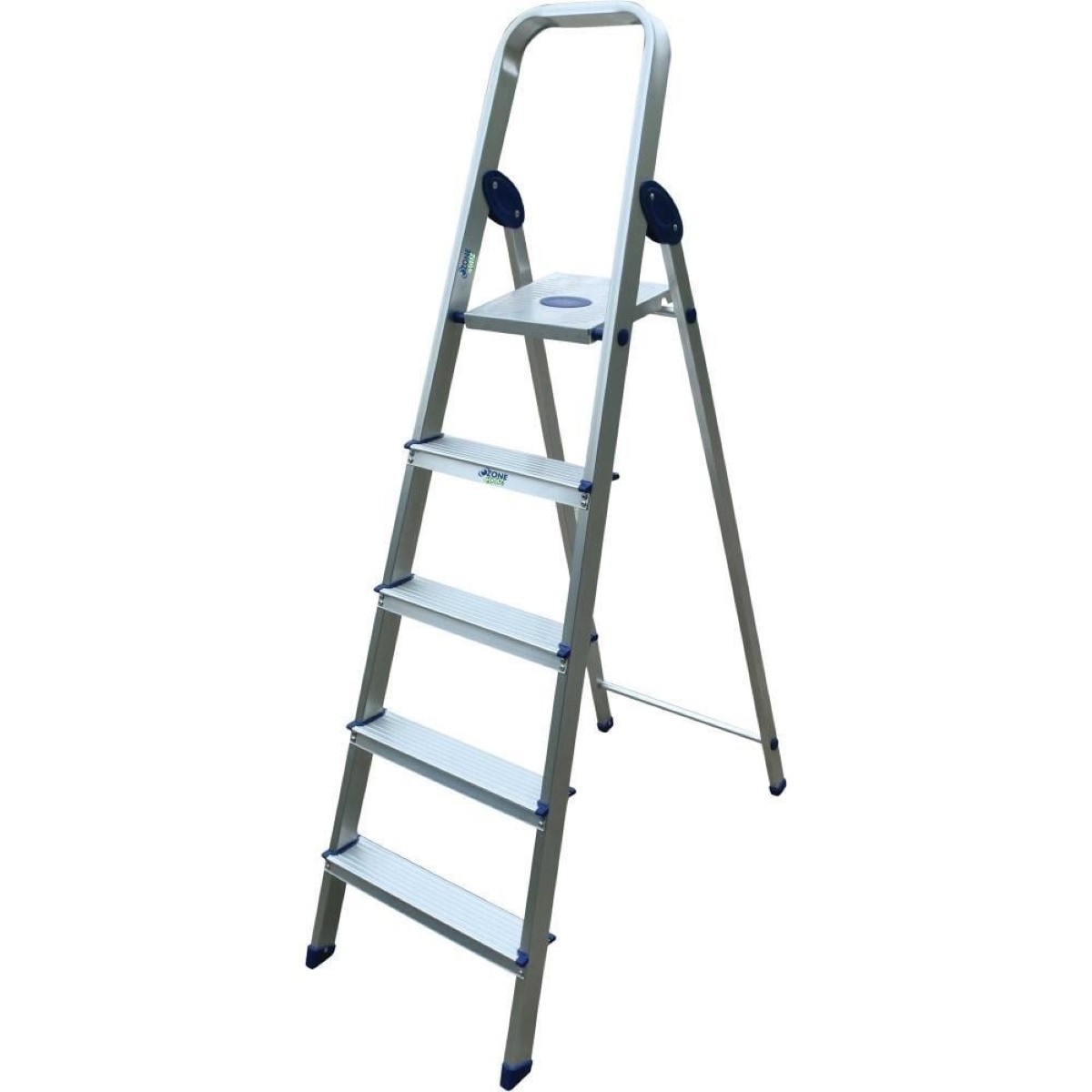
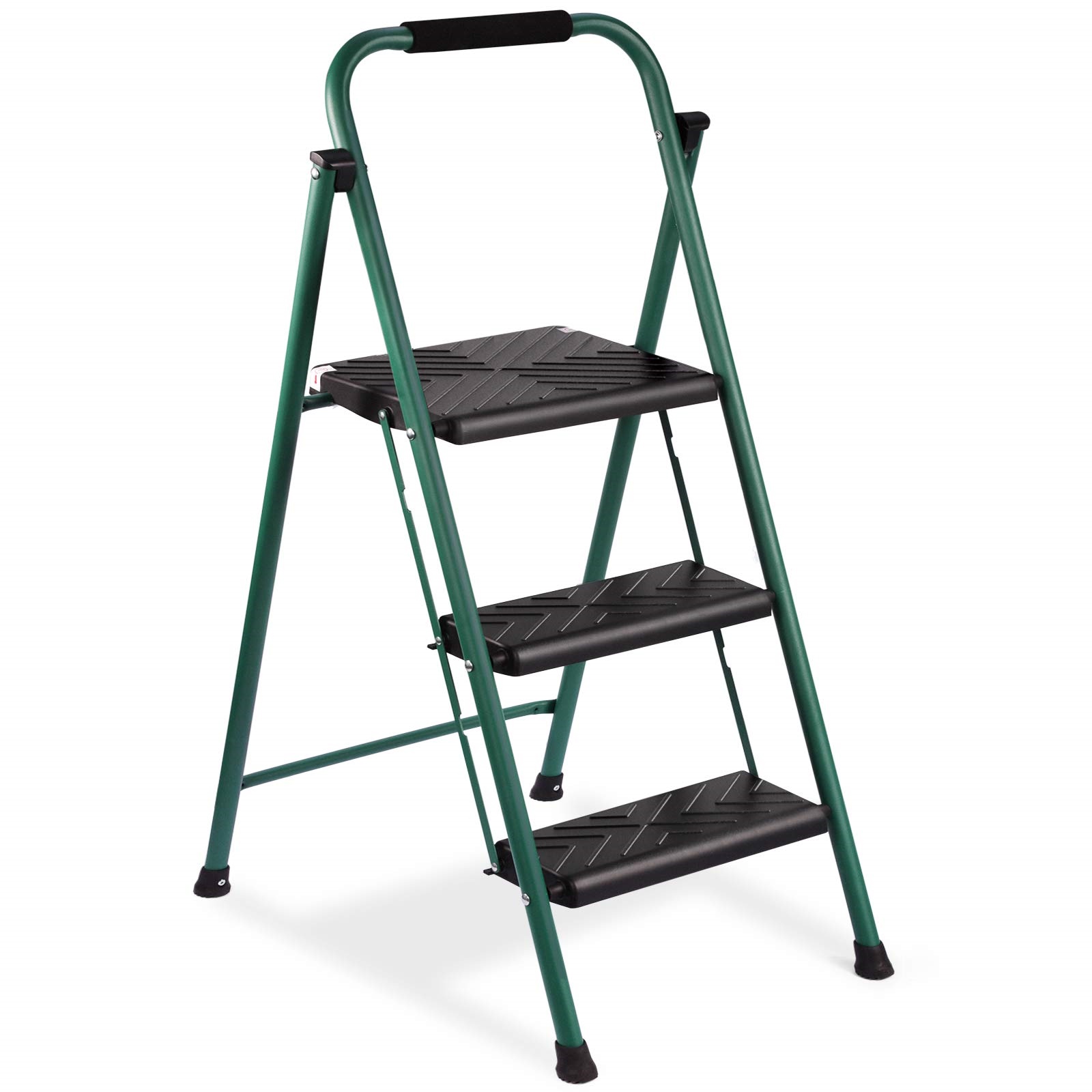
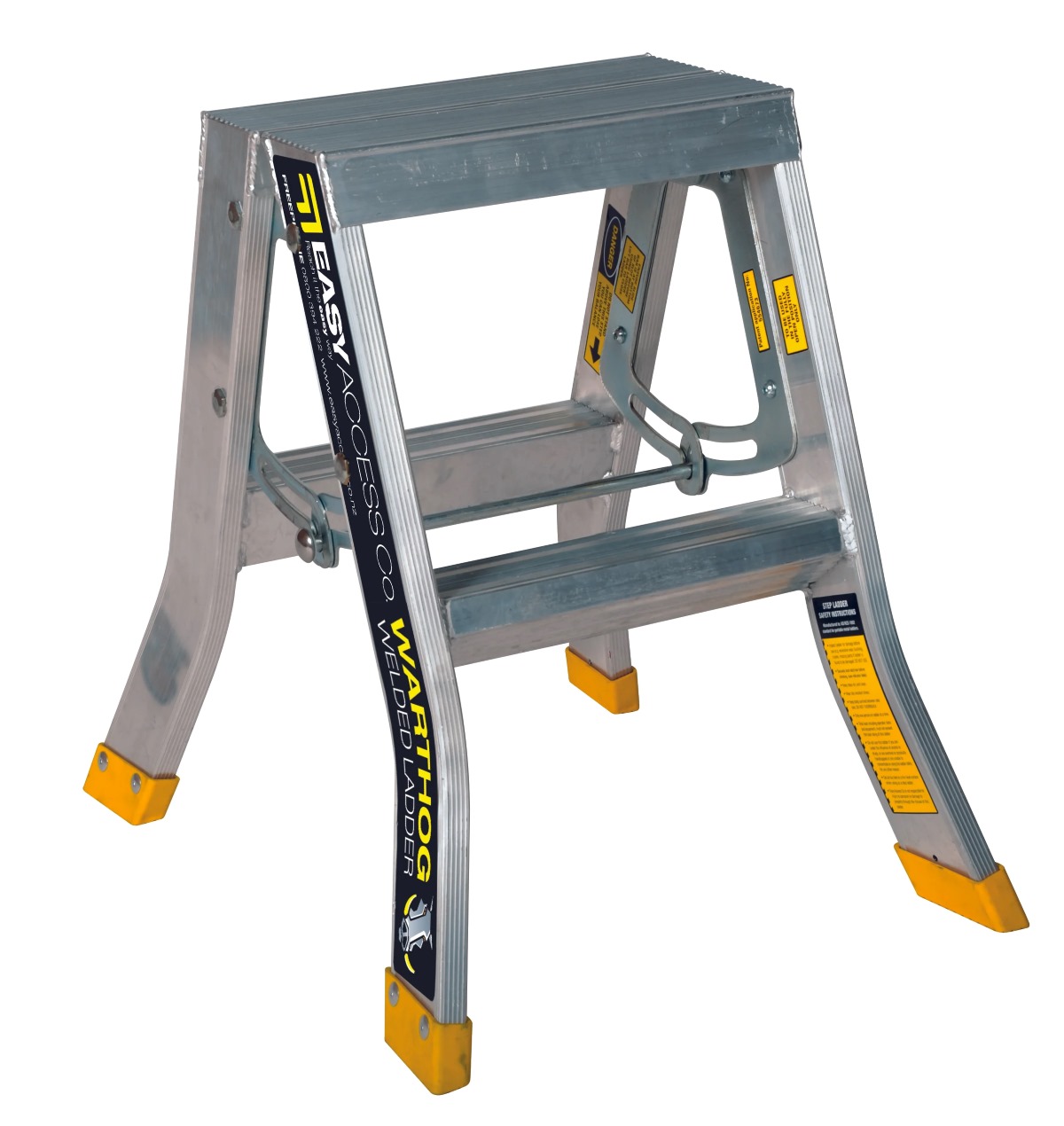


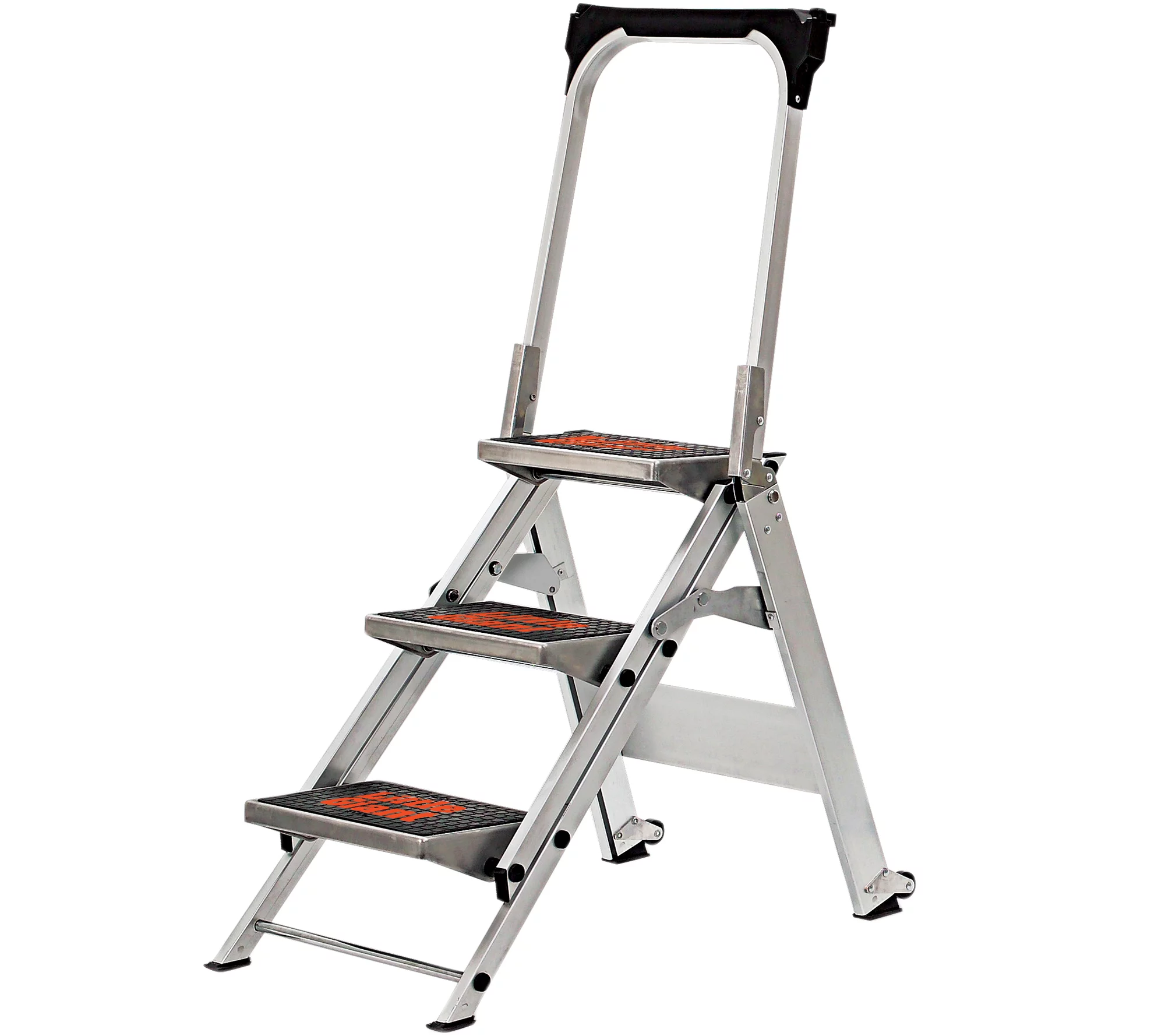


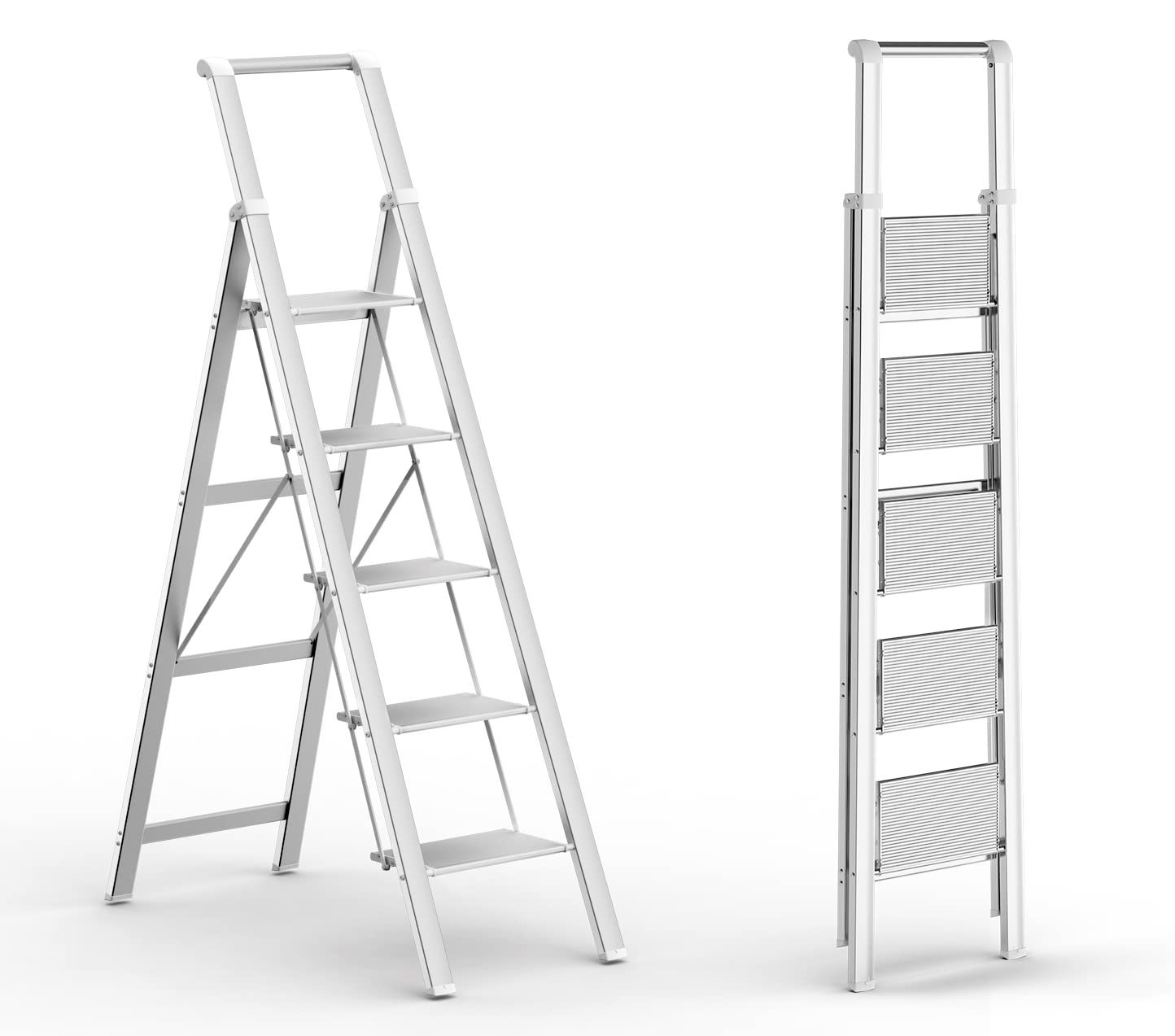
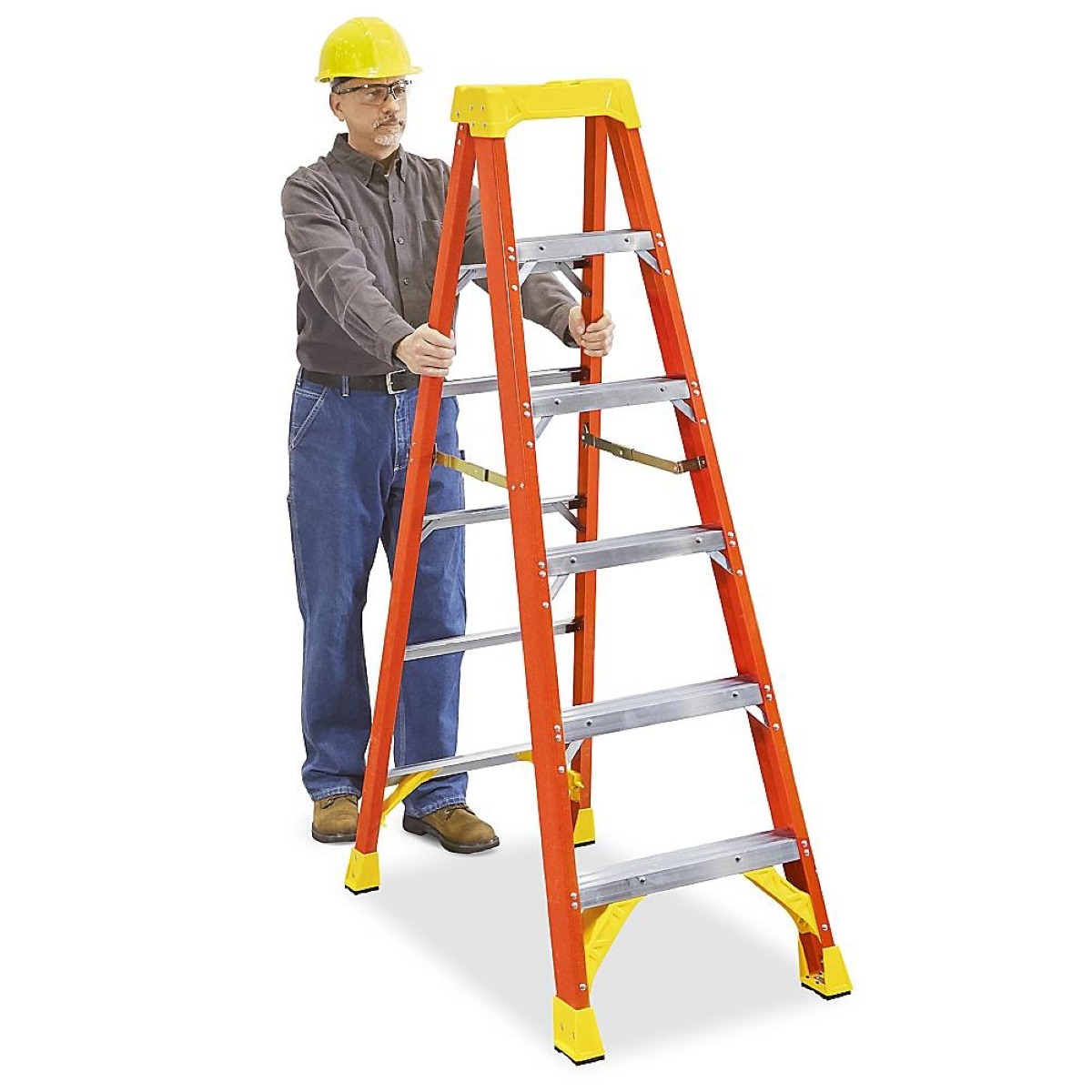
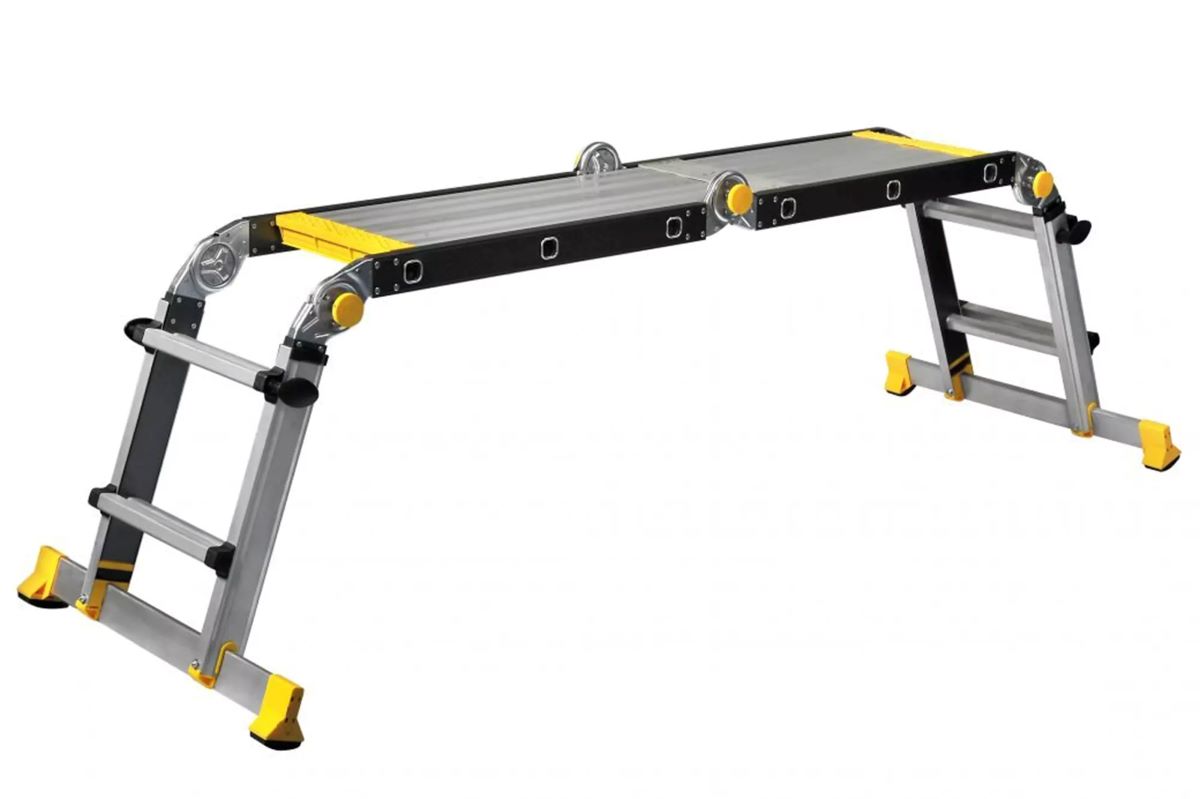

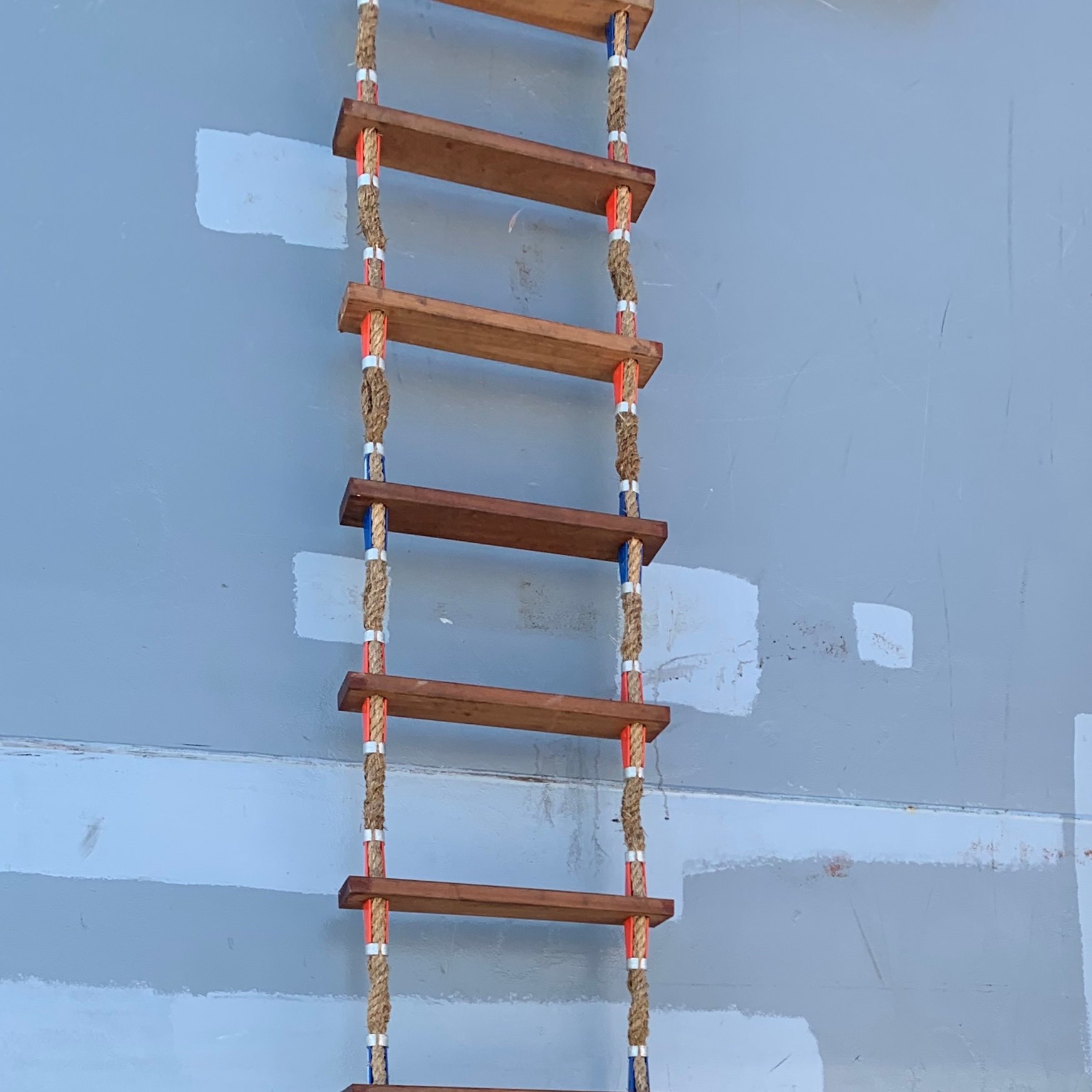
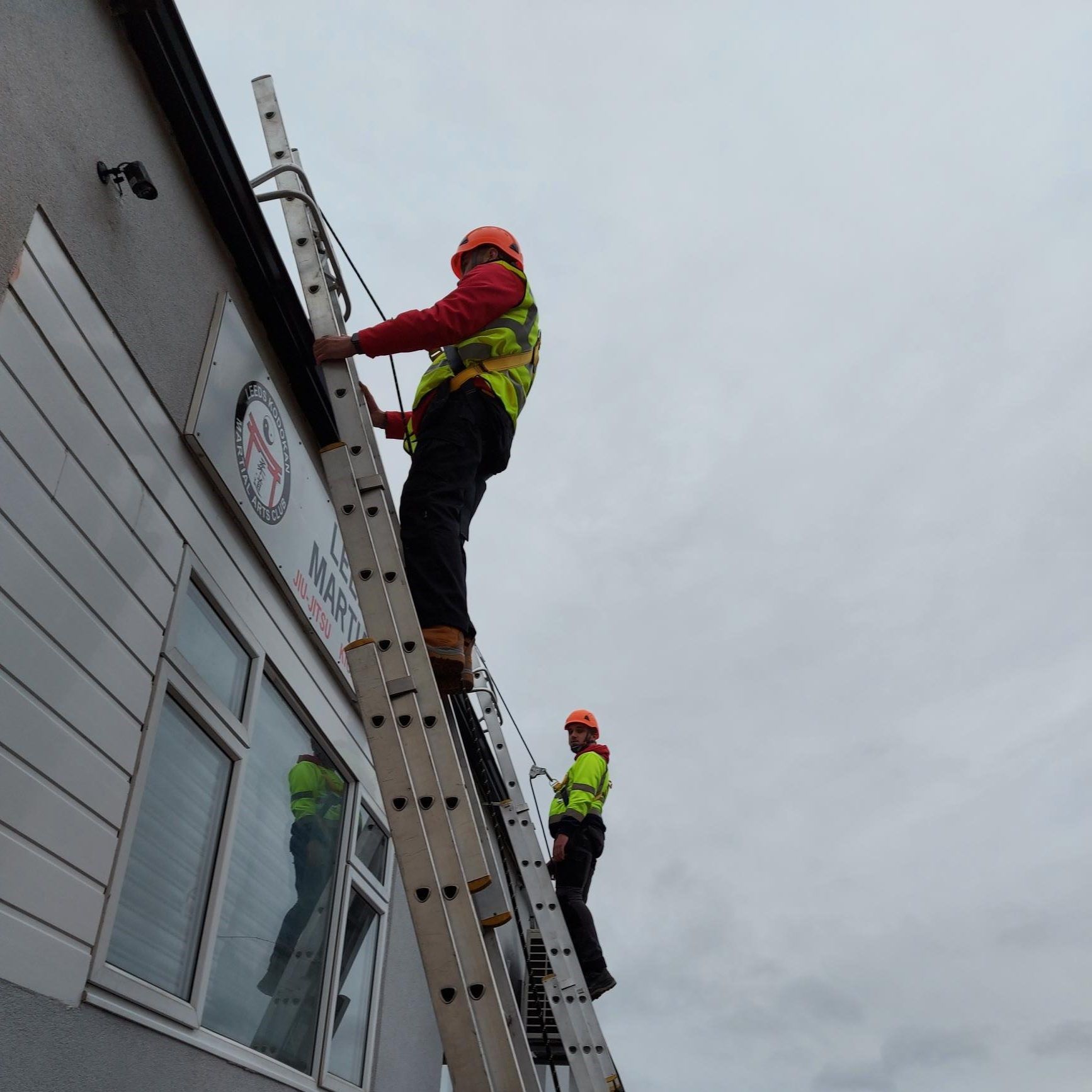

0 thoughts on “What Is The Cross Bracing On A Step Ladder Used For?”